Back to Page
Amazon A+ Content
Amazon Image Requirements & Best Practices 101
Amazon Image Requirements & Best Practices 101


Back to Page
Amazon A+ Content
Amazon Image Requirements & Best Practices 101

A human brain processes images 60% faster than text.
Humans are visually wired creatures, in simple language - lazy. Your shoppers might not even bother to read your information-packed description, but they will view every image you upload. If your Amazon product photography isn’t compelling enough, they won't hesitate to jump on your competitor's listings. That is why taking the time to ensure that your images are optimized is worth it. But creating images for your Amazon store is easier said than done. Amazon has a long list of requirements and if you aren't familiar with their standards, your product could end up being stranded or, worse, suspended.
There are two types of images on Amazon (actually, there are many more, but to make things simpler, let's separate them into two categories.): main image and secondary image. The main image is the hero image, which shows your product on a white background. Secondary images include all other images. You can be as creative as you want to be with your secondary images. The sole purpose of your main image is to increase your click-through-rates and secondary images impact your conversion rates. In this blog post, we will get to know the requirements for creating images on Amazon and the best practices to get it right.
Step 1: Get 'em on your detail page with a clear, concise main image

When a shopper searches for a product, they are flooded with dozens of products, but they view the product detail pages of only a handful. Apart from reviews and prime labels, your main image significantly affects their decisions. Creating the main image can be tricky. You can want to impress your shoppers, but you also don't want to upset Amazon. The retail giant has quite a few rules when it comes to the main/hero image.
Here is a cheat sheet that highlights only the important stuff you need to know.
Requirements for the main image:

Acceptable formats:
JPEG (.jpg)
TIFF (.tif)
GIF (.gif)
JPEG is preferred
Animated GIFs are not allowed
Background:
The main image must have a pure white background
Light grey or any other colored background is strictly prohibited
Text:
NO text is allowed. We all must have seen various sellers (especially those selling supplements) writing packs of flavor information in the main image. Although it might make your main image click-worthy, it is not recommended; Amazon can anytime suspend your product
Images should not include any Amazon logos or trademarks, variations, modifications, or anything confusingly similar to Amazon's logos and trademarks. Words or symbols related to AMAZON, PRIME, ALEXA, or the Amazon Smile design are not allowed
Product:
Must be a real photograph and not graphics, illustrations, mock-ups, or placeholders
The main image cannot be multiple views of the same product
The product must fill 85% of the image
No mannequin allowed, except for stockings or socks
No models are allowed unless the product is apparel or an apparel accessory worn by a model. If the product is worn by the model, the model must be standing (not sitting, kneeling, leaning, lying down or in other positions)
Women's and Men's Clothing MAIN images should be photographed on a model.
All Kids & Baby Clothing images should be photographed flat (off-model)
The product must be out of the packaging
Image size:
The image must be 1000 pixels in size (1500 recommended). Don't go crazy with this. Amazon will size down the image if it's big – and that can make your image look grainy
If you are selling books, 100% of the image should be on the cover page. See example.
Image filename:
File names must consist of the product identifier (Amazon ASIN, 13-digit ISBN, EAN, JAN, or UPC) followed by a period and the appropriate file extension (Example: B01ABRZSA8.jpg)
Any spaces, dashes or additional characters can prevent your image from uploading
How to make a clickbait main image?
Your main image is the first point of contact with your shoppers. So make it count. Despite all of these requirements, how are you supposed to make a click-worthy main image? Most sellers choose to ignore Amazon guidelines just to make their main image look attractive. Don't do that. Several other ways will compel your shoppers to click on the image without triggering Amazon to flag your product. The best way to do that is by creating a 3D-rendered image. 3D rendered product image is digitally created but is exactly like the original image. No matter how you photograph your product, there are going to be flaws – lighting, shadows, creases, and more. With 3D rendering, your product will look real yet flawless.
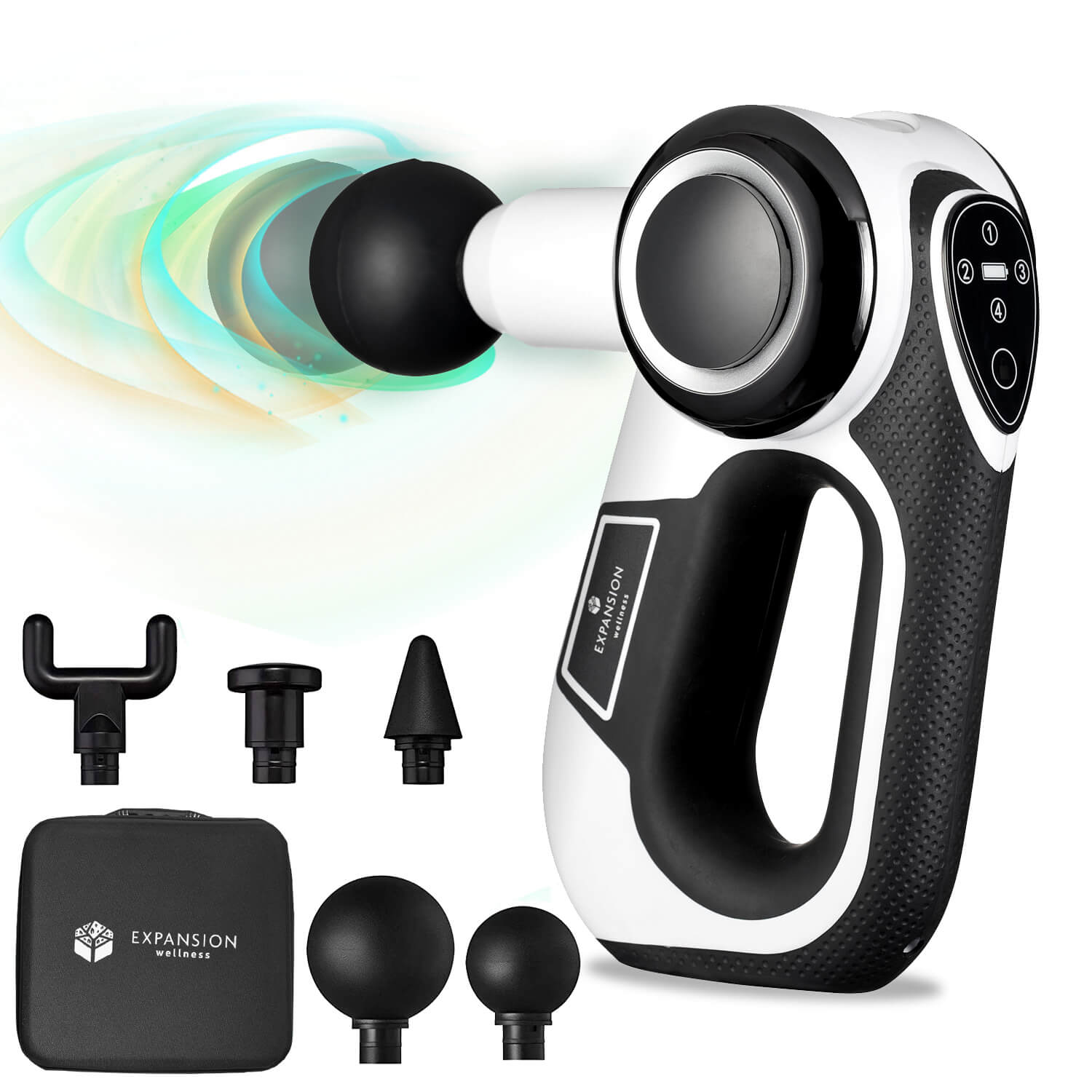
Make sure you don't upload an overly edited version of your product. Your shoppers should receive what they say; otherwise, you will have loads of negative reviews. The goal is to make the image look professional and flawless – make it Amazon-ready, not 'Gram-ready.
Step 2: Seal the deal with secondary images
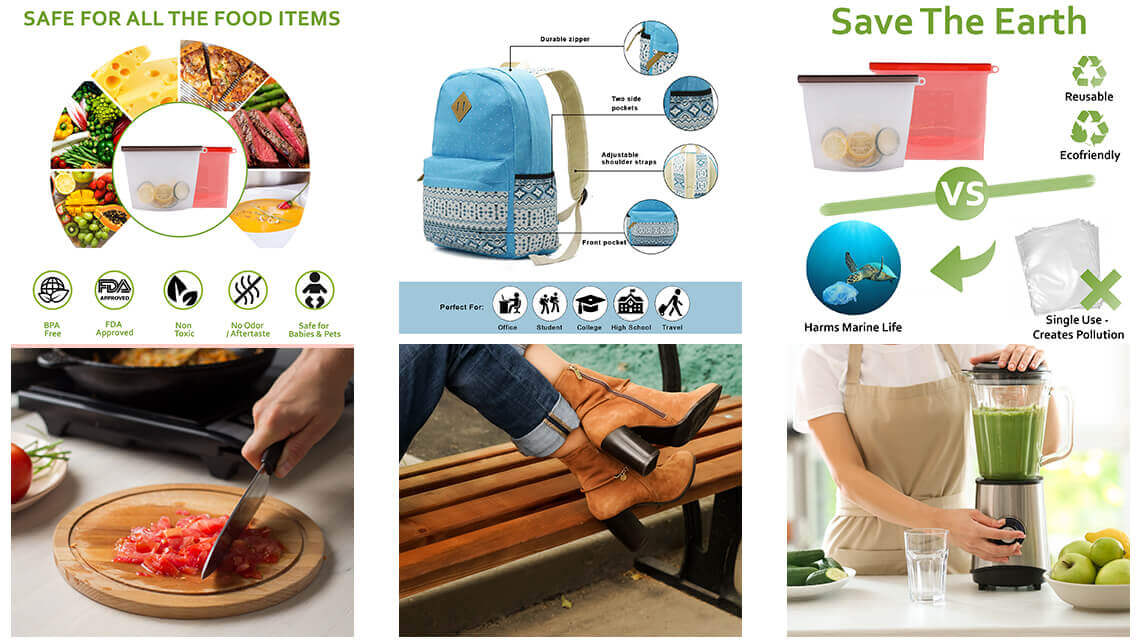
You couldn't get artsy with your main images, but your secondary images are here to save the day. If your main images should be clickbait, your secondary images should be gripping and compelling. Here are a few best practices that will help you get an edge over the competitors:
Make sure each of your images is consistent with your branding. Consider including your logo somewhere in each of your secondary images
Use every slot. Having all the image slots filled is a good practice because Amazon also favors listings with more images as it contributes to a better buying experience
Convey all the USPs and features of your product
Always remember: We are all emotional creatures. Don't forget to add a tagline that instantly connects with the shoppers. For example, if you are selling mascaras, add a tagline in your lifestyle image: Let your eyes do the talking
Hire a professional Amazon photo editing expert. The days of DIY photography are gone. To remain competitive, your images need to be professional. These days, even third-party sellers have enticing images that make it difficult to differentiate from name-brands. Don't be left behind
How many images do I need for my product?
When it comes to images, the more, the merrier. Because a shopper cannot touch, see or feel the product, you must add as many images as possible so they can make a confident purchase decision. Amazon allows between 7-9 images per product, but you can only see the first seven images; the other two are revealed when shoppers click on the images. When it comes to the type of photos you should have on your listing, there are a few must-haves. For example, you need to have a white background main image, dimension image, and packaging image.
Here's what we usually recommend to our clients:
White background image
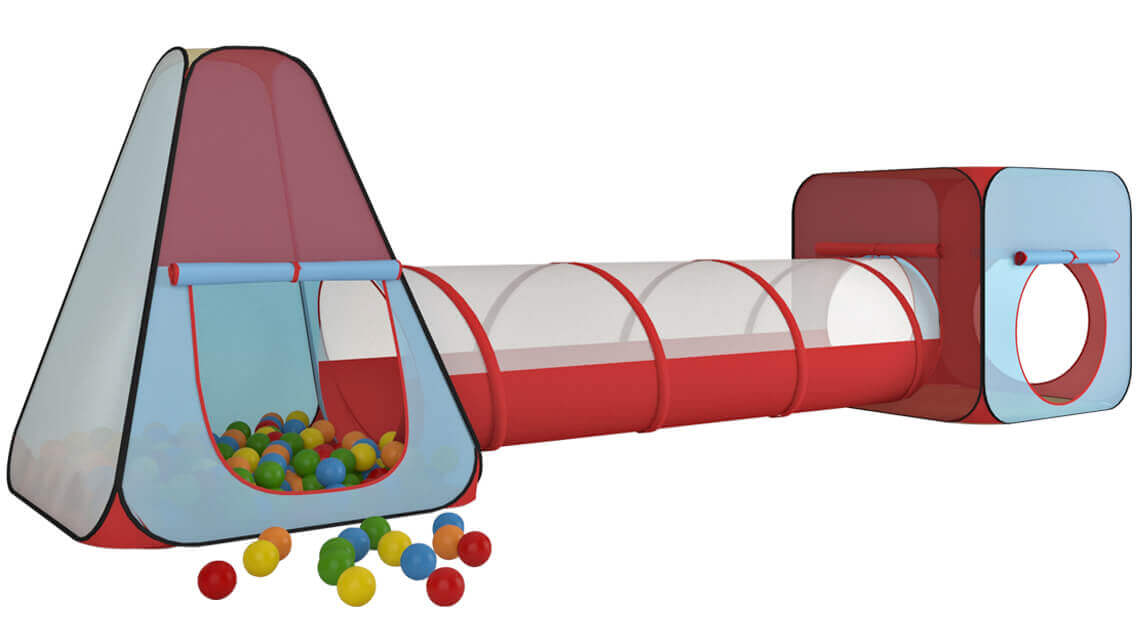
Image with dimension & other crucial product information (material, fit, count, etc.)
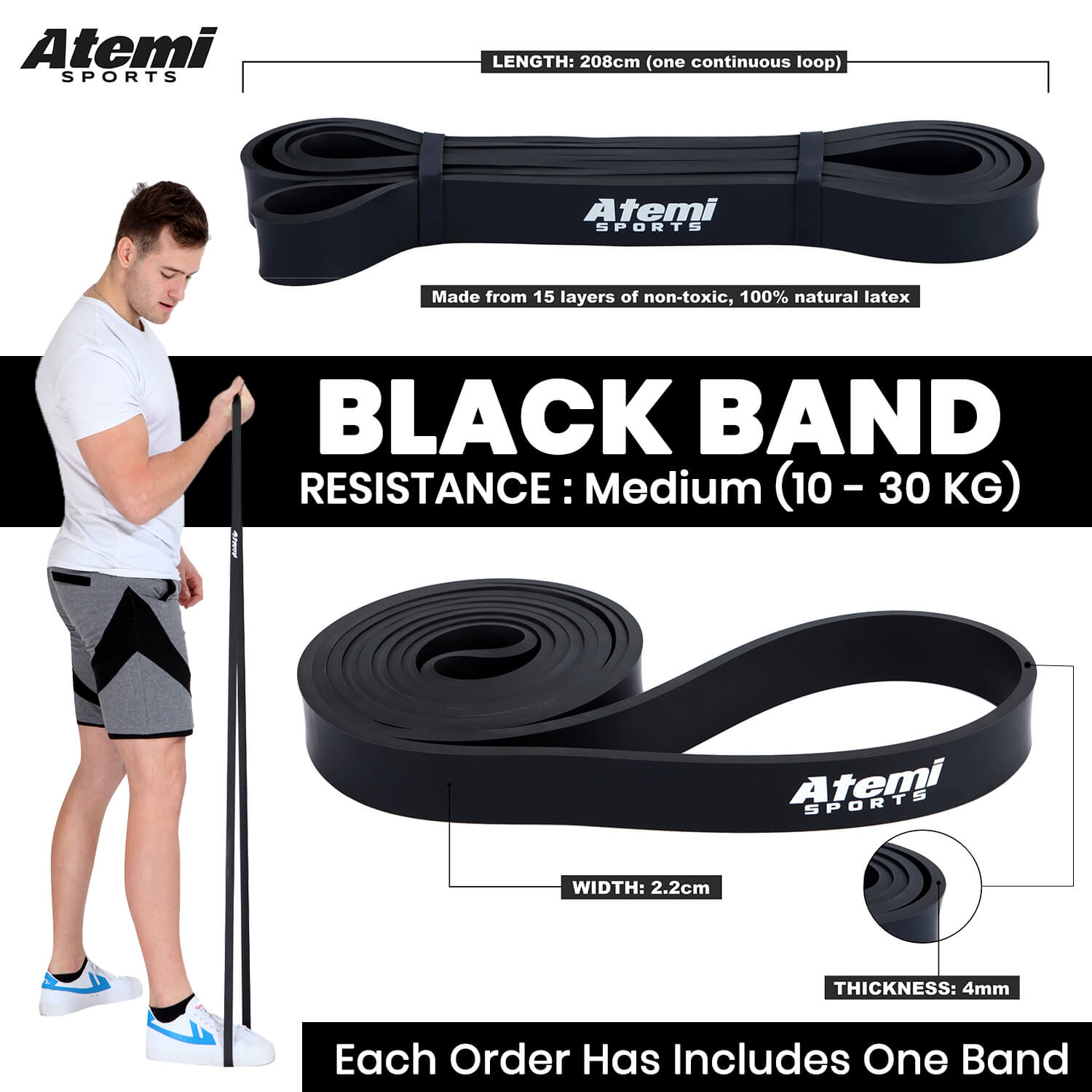
Lifestyle image
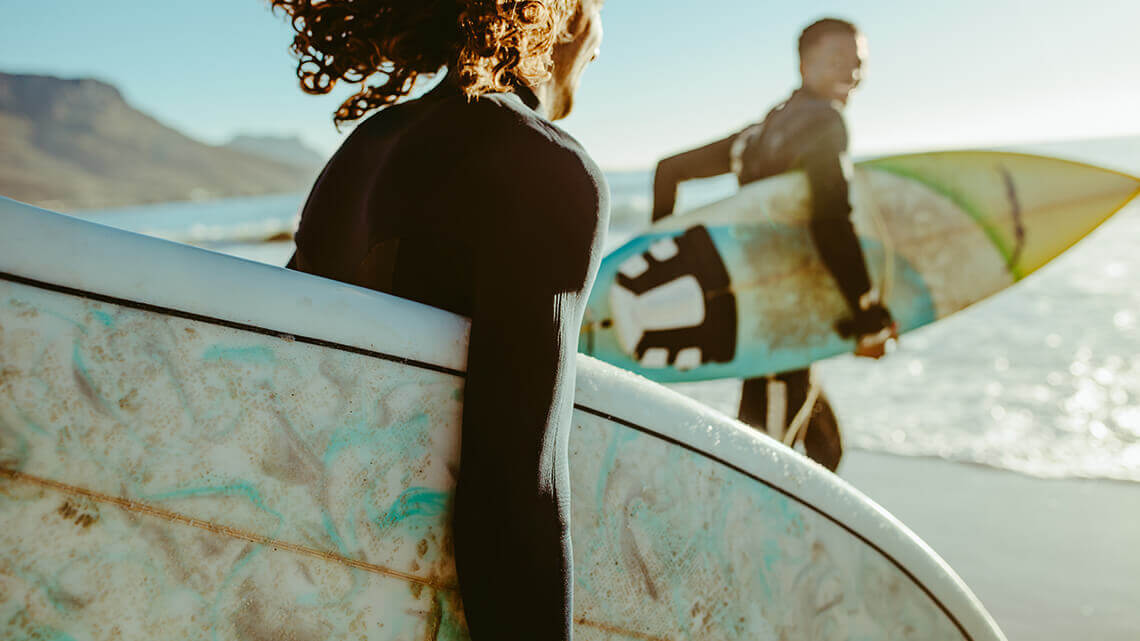
Infographic showing features

Infographics showing various uses

An infographic showing various angles and details of the product
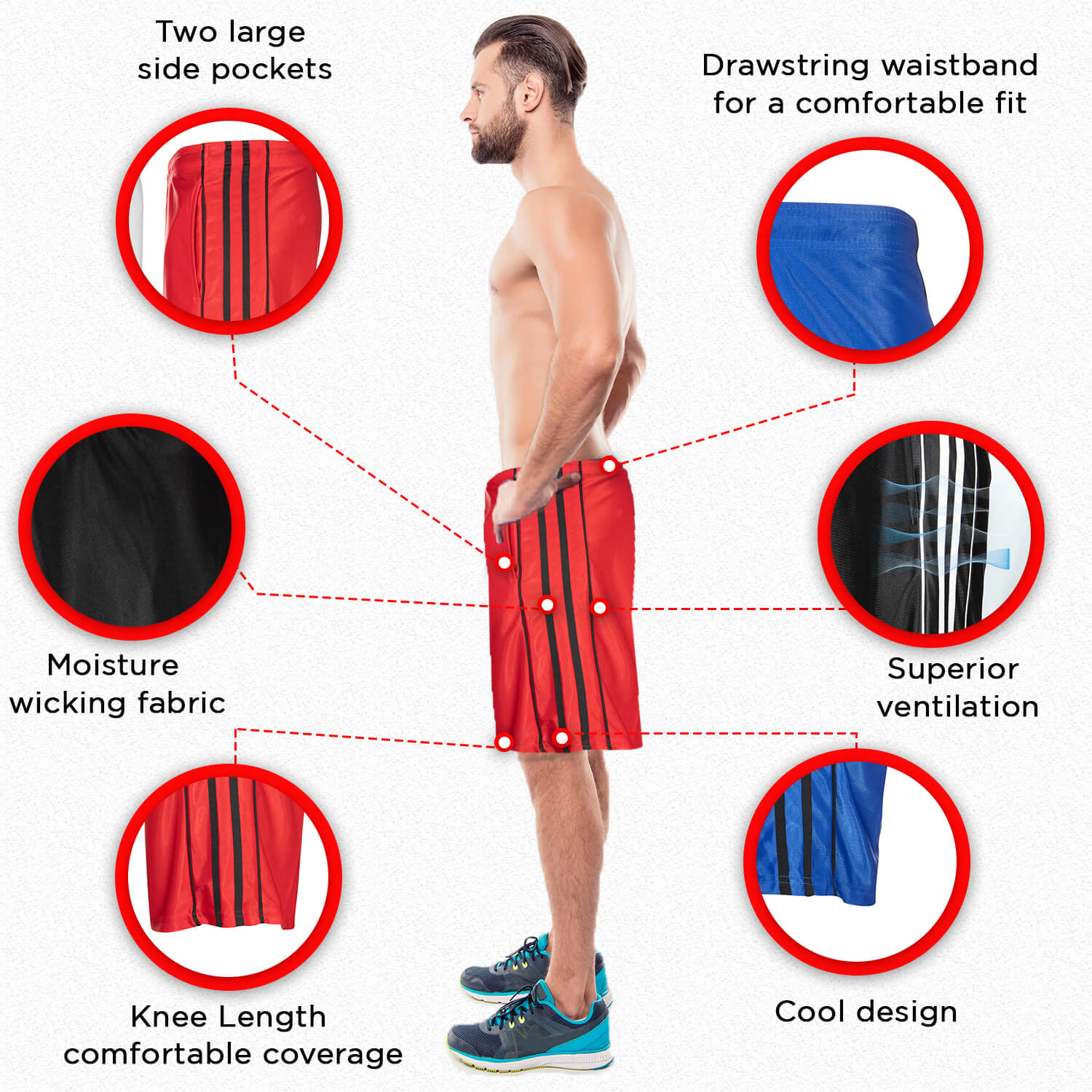
Image showing your best reviews
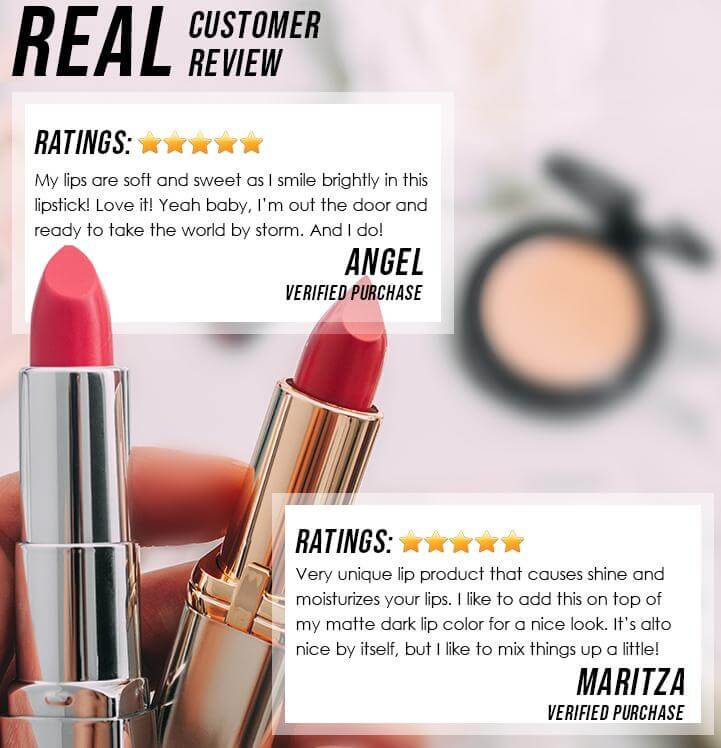
Image comparing your product features with that of competitors

A satisfaction-guaranteed image
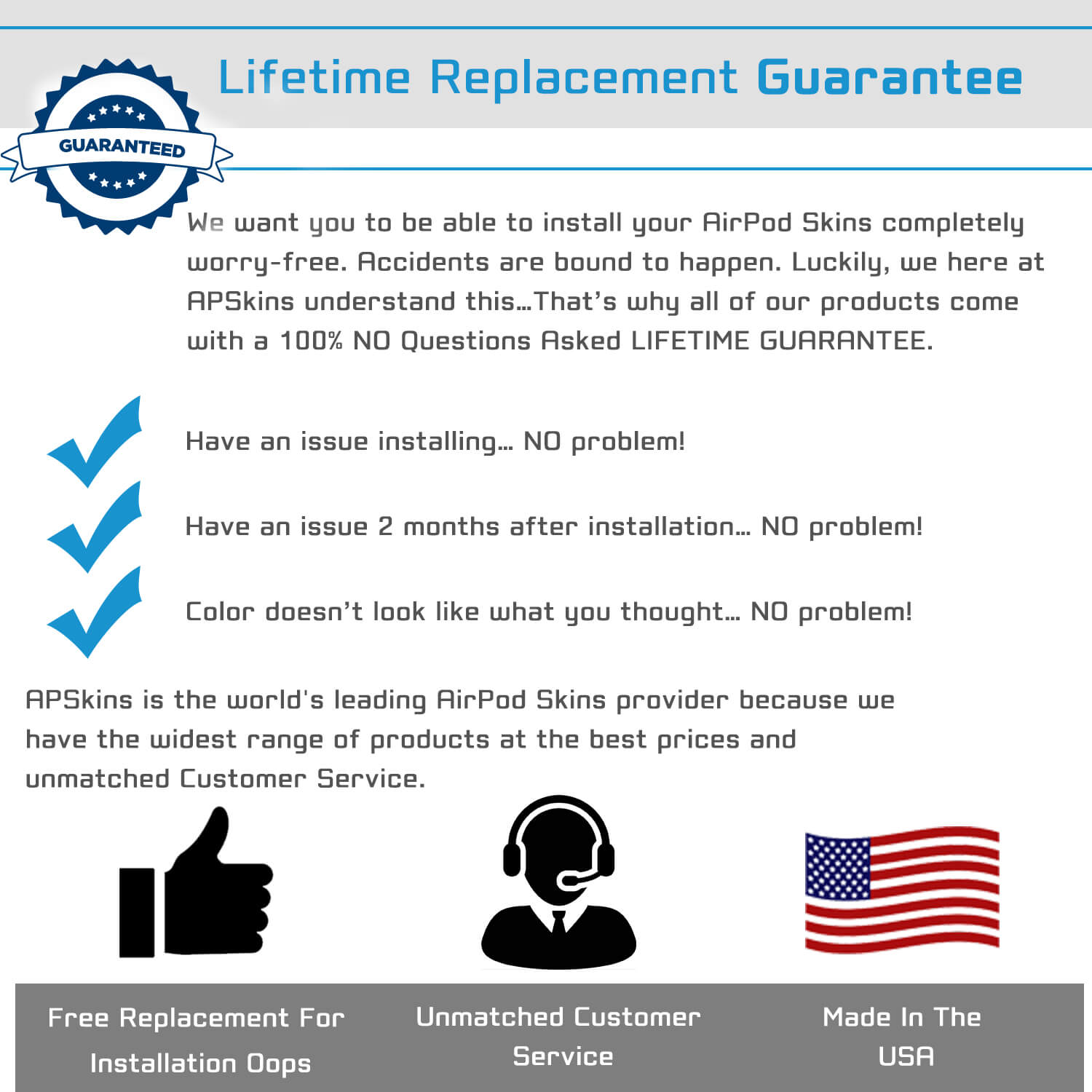
Is it worth spending hundreds of dollars to create images?
Yes. If your images aren't "Amazon ready," there isn't any point in bringing in the traffic with Amazon PPC Optimization. When shoppers search for a product, they look at your main image first – they hardly look at the title because it's all keyword packed and most of the time, titles don't even make any sense. You need to make sure your main image can attract shoppers' eyes amongst a dozen others in the search result pages. The quest doesn't end here. If it's your lucky day and they decide to visit your product detail page, you've got to tell them how awesome your product is in a handful of images because shoppers aren't going to read the description either. In short, poor images = poor conversion. It won't be an exaggeration to say that images are the biggest factor that affects your conversion rates and they even surpass product reviews. This holds especially true when your product is just launched. When you don't have a bank of reviews to convince the customers, images help build trust. High-quality images and attractive Amazon Enhanced Brand Content are a must-have even if your product has good reviews. Customers won't scroll down to read your five-star reviews if your images are blurry or not compelling enough.
Final thoughts
You've already spent lots of your time and resources developing a product and listing it on Amazon. Don't get it all wasted because of poor product images. Spending money on creating images is more like an investment that will bring in dividends for years to come. And don't just try and do it all on your own. Even if you have good Photoshop skills, you need someone who understands Amazon inside out because no matter how attractive your product images are, they won't work if Amazon doesn't approve them.
Want to optimize images on your product listing? Contact our Amazon consultants now!
A human brain processes images 60% faster than text.
Humans are visually wired creatures, in simple language - lazy. Your shoppers might not even bother to read your information-packed description, but they will view every image you upload. If your Amazon product photography isn’t compelling enough, they won't hesitate to jump on your competitor's listings. That is why taking the time to ensure that your images are optimized is worth it. But creating images for your Amazon store is easier said than done. Amazon has a long list of requirements and if you aren't familiar with their standards, your product could end up being stranded or, worse, suspended.
There are two types of images on Amazon (actually, there are many more, but to make things simpler, let's separate them into two categories.): main image and secondary image. The main image is the hero image, which shows your product on a white background. Secondary images include all other images. You can be as creative as you want to be with your secondary images. The sole purpose of your main image is to increase your click-through-rates and secondary images impact your conversion rates. In this blog post, we will get to know the requirements for creating images on Amazon and the best practices to get it right.
Step 1: Get 'em on your detail page with a clear, concise main image

When a shopper searches for a product, they are flooded with dozens of products, but they view the product detail pages of only a handful. Apart from reviews and prime labels, your main image significantly affects their decisions. Creating the main image can be tricky. You can want to impress your shoppers, but you also don't want to upset Amazon. The retail giant has quite a few rules when it comes to the main/hero image.
Here is a cheat sheet that highlights only the important stuff you need to know.
Requirements for the main image:

Acceptable formats:
JPEG (.jpg)
TIFF (.tif)
GIF (.gif)
JPEG is preferred
Animated GIFs are not allowed
Background:
The main image must have a pure white background
Light grey or any other colored background is strictly prohibited
Text:
NO text is allowed. We all must have seen various sellers (especially those selling supplements) writing packs of flavor information in the main image. Although it might make your main image click-worthy, it is not recommended; Amazon can anytime suspend your product
Images should not include any Amazon logos or trademarks, variations, modifications, or anything confusingly similar to Amazon's logos and trademarks. Words or symbols related to AMAZON, PRIME, ALEXA, or the Amazon Smile design are not allowed
Product:
Must be a real photograph and not graphics, illustrations, mock-ups, or placeholders
The main image cannot be multiple views of the same product
The product must fill 85% of the image
No mannequin allowed, except for stockings or socks
No models are allowed unless the product is apparel or an apparel accessory worn by a model. If the product is worn by the model, the model must be standing (not sitting, kneeling, leaning, lying down or in other positions)
Women's and Men's Clothing MAIN images should be photographed on a model.
All Kids & Baby Clothing images should be photographed flat (off-model)
The product must be out of the packaging
Image size:
The image must be 1000 pixels in size (1500 recommended). Don't go crazy with this. Amazon will size down the image if it's big – and that can make your image look grainy
If you are selling books, 100% of the image should be on the cover page. See example.
Image filename:
File names must consist of the product identifier (Amazon ASIN, 13-digit ISBN, EAN, JAN, or UPC) followed by a period and the appropriate file extension (Example: B01ABRZSA8.jpg)
Any spaces, dashes or additional characters can prevent your image from uploading
How to make a clickbait main image?
Your main image is the first point of contact with your shoppers. So make it count. Despite all of these requirements, how are you supposed to make a click-worthy main image? Most sellers choose to ignore Amazon guidelines just to make their main image look attractive. Don't do that. Several other ways will compel your shoppers to click on the image without triggering Amazon to flag your product. The best way to do that is by creating a 3D-rendered image. 3D rendered product image is digitally created but is exactly like the original image. No matter how you photograph your product, there are going to be flaws – lighting, shadows, creases, and more. With 3D rendering, your product will look real yet flawless.

Make sure you don't upload an overly edited version of your product. Your shoppers should receive what they say; otherwise, you will have loads of negative reviews. The goal is to make the image look professional and flawless – make it Amazon-ready, not 'Gram-ready.
Step 2: Seal the deal with secondary images

You couldn't get artsy with your main images, but your secondary images are here to save the day. If your main images should be clickbait, your secondary images should be gripping and compelling. Here are a few best practices that will help you get an edge over the competitors:
Make sure each of your images is consistent with your branding. Consider including your logo somewhere in each of your secondary images
Use every slot. Having all the image slots filled is a good practice because Amazon also favors listings with more images as it contributes to a better buying experience
Convey all the USPs and features of your product
Always remember: We are all emotional creatures. Don't forget to add a tagline that instantly connects with the shoppers. For example, if you are selling mascaras, add a tagline in your lifestyle image: Let your eyes do the talking
Hire a professional Amazon photo editing expert. The days of DIY photography are gone. To remain competitive, your images need to be professional. These days, even third-party sellers have enticing images that make it difficult to differentiate from name-brands. Don't be left behind
How many images do I need for my product?
When it comes to images, the more, the merrier. Because a shopper cannot touch, see or feel the product, you must add as many images as possible so they can make a confident purchase decision. Amazon allows between 7-9 images per product, but you can only see the first seven images; the other two are revealed when shoppers click on the images. When it comes to the type of photos you should have on your listing, there are a few must-haves. For example, you need to have a white background main image, dimension image, and packaging image.
Here's what we usually recommend to our clients:
White background image

Image with dimension & other crucial product information (material, fit, count, etc.)

Lifestyle image

Infographic showing features

Infographics showing various uses

An infographic showing various angles and details of the product

Image showing your best reviews

Image comparing your product features with that of competitors

A satisfaction-guaranteed image

Is it worth spending hundreds of dollars to create images?
Yes. If your images aren't "Amazon ready," there isn't any point in bringing in the traffic with Amazon PPC Optimization. When shoppers search for a product, they look at your main image first – they hardly look at the title because it's all keyword packed and most of the time, titles don't even make any sense. You need to make sure your main image can attract shoppers' eyes amongst a dozen others in the search result pages. The quest doesn't end here. If it's your lucky day and they decide to visit your product detail page, you've got to tell them how awesome your product is in a handful of images because shoppers aren't going to read the description either. In short, poor images = poor conversion. It won't be an exaggeration to say that images are the biggest factor that affects your conversion rates and they even surpass product reviews. This holds especially true when your product is just launched. When you don't have a bank of reviews to convince the customers, images help build trust. High-quality images and attractive Amazon Enhanced Brand Content are a must-have even if your product has good reviews. Customers won't scroll down to read your five-star reviews if your images are blurry or not compelling enough.
Final thoughts
You've already spent lots of your time and resources developing a product and listing it on Amazon. Don't get it all wasted because of poor product images. Spending money on creating images is more like an investment that will bring in dividends for years to come. And don't just try and do it all on your own. Even if you have good Photoshop skills, you need someone who understands Amazon inside out because no matter how attractive your product images are, they won't work if Amazon doesn't approve them.
Want to optimize images on your product listing? Contact our Amazon consultants now!
A human brain processes images 60% faster than text.
Humans are visually wired creatures, in simple language - lazy. Your shoppers might not even bother to read your information-packed description, but they will view every image you upload. If your Amazon product photography isn’t compelling enough, they won't hesitate to jump on your competitor's listings. That is why taking the time to ensure that your images are optimized is worth it. But creating images for your Amazon store is easier said than done. Amazon has a long list of requirements and if you aren't familiar with their standards, your product could end up being stranded or, worse, suspended.
There are two types of images on Amazon (actually, there are many more, but to make things simpler, let's separate them into two categories.): main image and secondary image. The main image is the hero image, which shows your product on a white background. Secondary images include all other images. You can be as creative as you want to be with your secondary images. The sole purpose of your main image is to increase your click-through-rates and secondary images impact your conversion rates. In this blog post, we will get to know the requirements for creating images on Amazon and the best practices to get it right.
Step 1: Get 'em on your detail page with a clear, concise main image

When a shopper searches for a product, they are flooded with dozens of products, but they view the product detail pages of only a handful. Apart from reviews and prime labels, your main image significantly affects their decisions. Creating the main image can be tricky. You can want to impress your shoppers, but you also don't want to upset Amazon. The retail giant has quite a few rules when it comes to the main/hero image.
Here is a cheat sheet that highlights only the important stuff you need to know.
Requirements for the main image:

Acceptable formats:
JPEG (.jpg)
TIFF (.tif)
GIF (.gif)
JPEG is preferred
Animated GIFs are not allowed
Background:
The main image must have a pure white background
Light grey or any other colored background is strictly prohibited
Text:
NO text is allowed. We all must have seen various sellers (especially those selling supplements) writing packs of flavor information in the main image. Although it might make your main image click-worthy, it is not recommended; Amazon can anytime suspend your product
Images should not include any Amazon logos or trademarks, variations, modifications, or anything confusingly similar to Amazon's logos and trademarks. Words or symbols related to AMAZON, PRIME, ALEXA, or the Amazon Smile design are not allowed
Product:
Must be a real photograph and not graphics, illustrations, mock-ups, or placeholders
The main image cannot be multiple views of the same product
The product must fill 85% of the image
No mannequin allowed, except for stockings or socks
No models are allowed unless the product is apparel or an apparel accessory worn by a model. If the product is worn by the model, the model must be standing (not sitting, kneeling, leaning, lying down or in other positions)
Women's and Men's Clothing MAIN images should be photographed on a model.
All Kids & Baby Clothing images should be photographed flat (off-model)
The product must be out of the packaging
Image size:
The image must be 1000 pixels in size (1500 recommended). Don't go crazy with this. Amazon will size down the image if it's big – and that can make your image look grainy
If you are selling books, 100% of the image should be on the cover page. See example.
Image filename:
File names must consist of the product identifier (Amazon ASIN, 13-digit ISBN, EAN, JAN, or UPC) followed by a period and the appropriate file extension (Example: B01ABRZSA8.jpg)
Any spaces, dashes or additional characters can prevent your image from uploading
How to make a clickbait main image?
Your main image is the first point of contact with your shoppers. So make it count. Despite all of these requirements, how are you supposed to make a click-worthy main image? Most sellers choose to ignore Amazon guidelines just to make their main image look attractive. Don't do that. Several other ways will compel your shoppers to click on the image without triggering Amazon to flag your product. The best way to do that is by creating a 3D-rendered image. 3D rendered product image is digitally created but is exactly like the original image. No matter how you photograph your product, there are going to be flaws – lighting, shadows, creases, and more. With 3D rendering, your product will look real yet flawless.

Make sure you don't upload an overly edited version of your product. Your shoppers should receive what they say; otherwise, you will have loads of negative reviews. The goal is to make the image look professional and flawless – make it Amazon-ready, not 'Gram-ready.
Step 2: Seal the deal with secondary images

You couldn't get artsy with your main images, but your secondary images are here to save the day. If your main images should be clickbait, your secondary images should be gripping and compelling. Here are a few best practices that will help you get an edge over the competitors:
Make sure each of your images is consistent with your branding. Consider including your logo somewhere in each of your secondary images
Use every slot. Having all the image slots filled is a good practice because Amazon also favors listings with more images as it contributes to a better buying experience
Convey all the USPs and features of your product
Always remember: We are all emotional creatures. Don't forget to add a tagline that instantly connects with the shoppers. For example, if you are selling mascaras, add a tagline in your lifestyle image: Let your eyes do the talking
Hire a professional Amazon photo editing expert. The days of DIY photography are gone. To remain competitive, your images need to be professional. These days, even third-party sellers have enticing images that make it difficult to differentiate from name-brands. Don't be left behind
How many images do I need for my product?
When it comes to images, the more, the merrier. Because a shopper cannot touch, see or feel the product, you must add as many images as possible so they can make a confident purchase decision. Amazon allows between 7-9 images per product, but you can only see the first seven images; the other two are revealed when shoppers click on the images. When it comes to the type of photos you should have on your listing, there are a few must-haves. For example, you need to have a white background main image, dimension image, and packaging image.
Here's what we usually recommend to our clients:
White background image

Image with dimension & other crucial product information (material, fit, count, etc.)

Lifestyle image

Infographic showing features

Infographics showing various uses

An infographic showing various angles and details of the product

Image showing your best reviews

Image comparing your product features with that of competitors

A satisfaction-guaranteed image

Is it worth spending hundreds of dollars to create images?
Yes. If your images aren't "Amazon ready," there isn't any point in bringing in the traffic with Amazon PPC Optimization. When shoppers search for a product, they look at your main image first – they hardly look at the title because it's all keyword packed and most of the time, titles don't even make any sense. You need to make sure your main image can attract shoppers' eyes amongst a dozen others in the search result pages. The quest doesn't end here. If it's your lucky day and they decide to visit your product detail page, you've got to tell them how awesome your product is in a handful of images because shoppers aren't going to read the description either. In short, poor images = poor conversion. It won't be an exaggeration to say that images are the biggest factor that affects your conversion rates and they even surpass product reviews. This holds especially true when your product is just launched. When you don't have a bank of reviews to convince the customers, images help build trust. High-quality images and attractive Amazon Enhanced Brand Content are a must-have even if your product has good reviews. Customers won't scroll down to read your five-star reviews if your images are blurry or not compelling enough.
Final thoughts
You've already spent lots of your time and resources developing a product and listing it on Amazon. Don't get it all wasted because of poor product images. Spending money on creating images is more like an investment that will bring in dividends for years to come. And don't just try and do it all on your own. Even if you have good Photoshop skills, you need someone who understands Amazon inside out because no matter how attractive your product images are, they won't work if Amazon doesn't approve them.
Want to optimize images on your product listing? Contact our Amazon consultants now!









